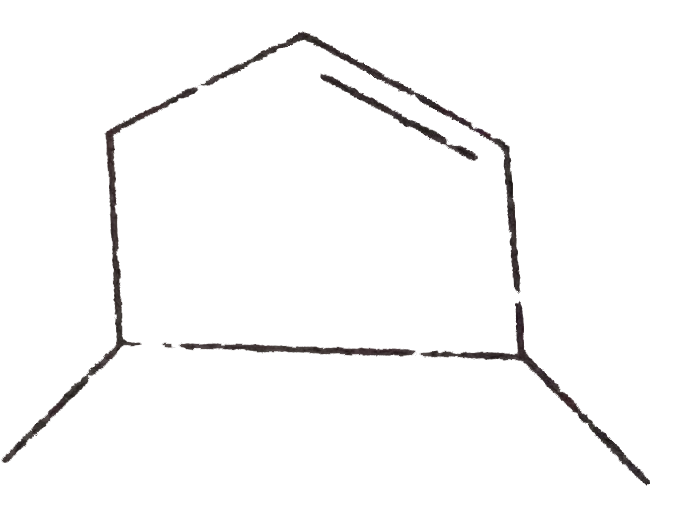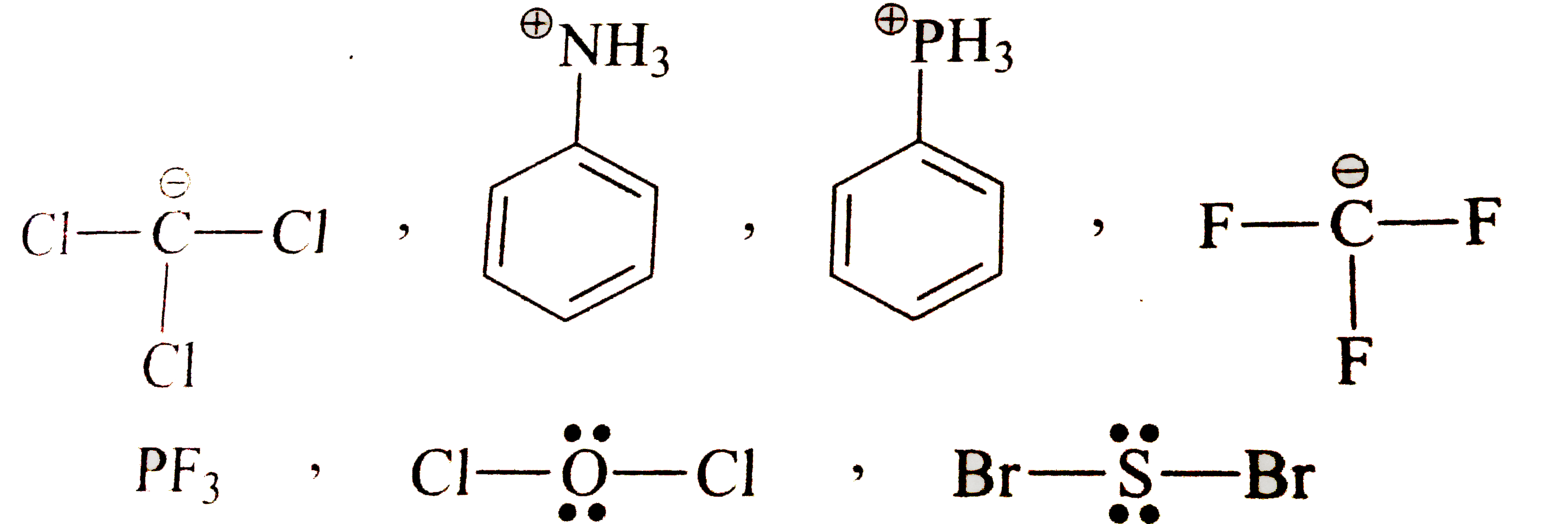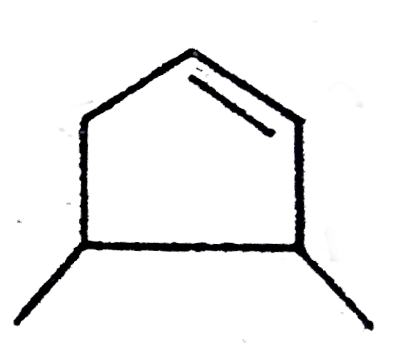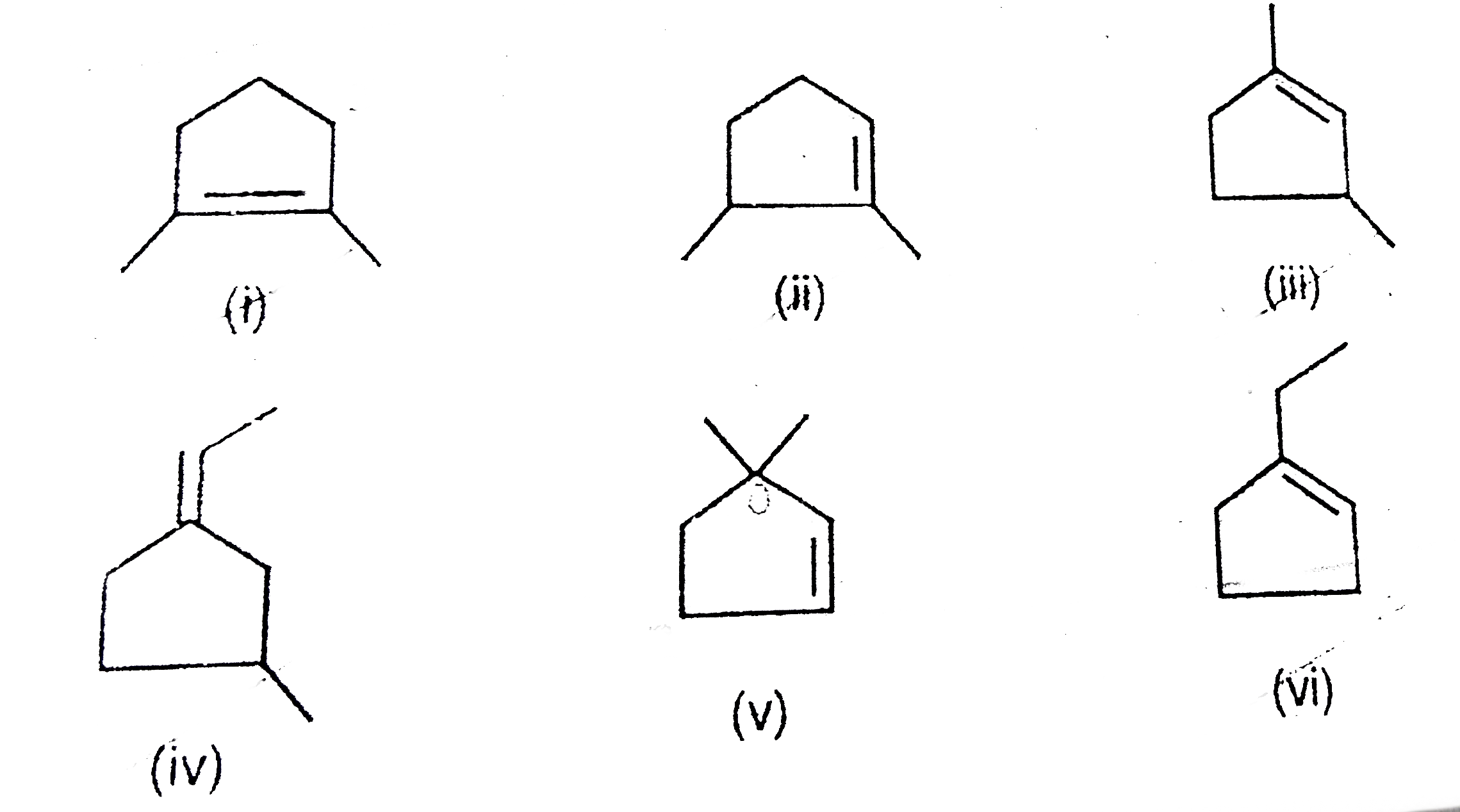How many from the following phylum has external fertilisation with indirect development ?
{Porifera, Ctenophora , Echinodermata, Hemichordata }
Four
Three
Two
One
The correct Answer is:B
To solve the question of how many of the listed phyla exhibit external fertilization with indirect development, we will analyze each phylum one by one.
1. Understanding External Fertilization and Indirect Development:
- External Fertilization: This occurs when the male and female gametes (sperm and egg) unite outside the body of the organism.
- Indirect Development: This involves a larval stage where the organism does not resemble the adult form immediately after fertilization. Instead, it goes through several developmental stages before reaching the adult form.
2. Analyzing Phylum Porifera:
- In Porifera (sponges), fertilization is typically internal. Although they do have a larval stage (which is indirect development), they do not meet the criteria for external fertilization.
- Conclusion: Porifera does not qualify.
3. Analyzing Phylum Ctenophora:
- Ctenophores (comb jellies) exhibit external fertilization. They also undergo indirect development, where the fertilized egg develops into a larval stage before becoming an adult.
- Conclusion: Ctenophora qualifies.
4. Analyzing Phylum Echinodermata:
- Echinoderms (like starfish and sea urchins) also exhibit external fertilization. Their development is indirect, involving free-swimming larval stages (e.g., bipinnaria and brachiolaria).
- Conclusion: Echinodermata qualifies.
5. Analyzing Phylum Hemichordata:
- Hemichordates (like acorn worms) have external fertilization and also undergo indirect development. They have a larval stage that is different from the adult form.
- Conclusion: Hemichordata qualifies.
6. Final Count:
- From the analysis, we found that Ctenophora, Echinodermata, and Hemichordata exhibit external fertilization with indirect development.
- Therefore, the total number of phyla that meet the criteria is 3.
Final Answer:
The answer is 3.
---
- External Fertilization: This occurs when the male and female gametes (sperm and egg) unite outside the body of the organism.
- Indirect Development: This involves a larval stage where the organism does not resemble the adult form immediately after fertilization. Instead, it goes through several developmental stages before reaching the adult form.
- In Porifera (sponges), fertilization is typically internal. Although they do have a larval stage (which is indirect development), they do not meet the criteria for external fertilization.
- Conclusion: Porifera does not qualify.
- Ctenophores (comb jellies) exhibit external fertilization. They also undergo indirect development, where the fertilized egg develops into a larval stage before becoming an adult.
- Conclusion: Ctenophora qualifies.
- Echinoderms (like starfish and sea urchins) also exhibit external fertilization. Their development is indirect, involving free-swimming larval stages (e.g., bipinnaria and brachiolaria).
- Conclusion: Echinodermata qualifies.
- Hemichordates (like acorn worms) have external fertilization and also undergo indirect development. They have a larval stage that is different from the adult form.
- Conclusion: Hemichordata qualifies.
- From the analysis, we found that Ctenophora, Echinodermata, and Hemichordata exhibit external fertilization with indirect development.
- Therefore, the total number of phyla that meet the criteria is 3.
The answer is 3.
Topper's Solved these Questions
Similar Questions
Knowledge Check
Read the following four statements (I - IV)
I. All mammals exclusively respire by using lungs except Balaenoptera.
II. In Aves, the skin is dry without any glands except the sudorific gland at the base of the tail.
III. Chameleon is a camouflaged tree lizard with a prehensile tail.
IV. Amphibia is the only tetrapod vertebrate which has external fertilization with indirect development .
How many statement is / are correct from the above ?AFourBOneCThreeDTwoRead the following four statements ( I - IV ) :
I. In birds , the skin is dry without any glands except the preen glands which are modified sudorific glands .
II. All mammals exclusively respire by using lungs , except dolphins.
III. Chameleon is a tree lizard with a prehensile tall and independently movable eyes.
IV. Amphibia is the only tetrapod vertebrate which has external fertilisation with no larval stage in their life cycle .
How many statements is / are correct form the above ?AFourBOneCThreeDTwoFrom the given below processes how many are associated with post-fertilisation event ?
ASyngamy, gamete, transferBGametogenesis, cell divisionCCell differentiation, gametic fusionDEmbryogenesis, PEN formation
How many alkenes, from following are more stable than


View SolutionWater vascular system is the characteristic of which group of the following:
(a) Porifera (b) Ctenophora (c) Echinodermata (d) Chordata
View SolutionHow many compounds from following exhibit d-orbital resonance.

View SolutionHow many triangles can be found out from the following figure?

View SolutionThe characters given below are shown by
(i) Extracellular and intracellular digestion
(ii) Exclusively marine, radially symmetrical, diploblastic, tissue level of organisation
(iii) Bisexual, fertilisation external and indirect development
(iv) No asexual reproduction
(v) Presence of comb plates
View Solution



